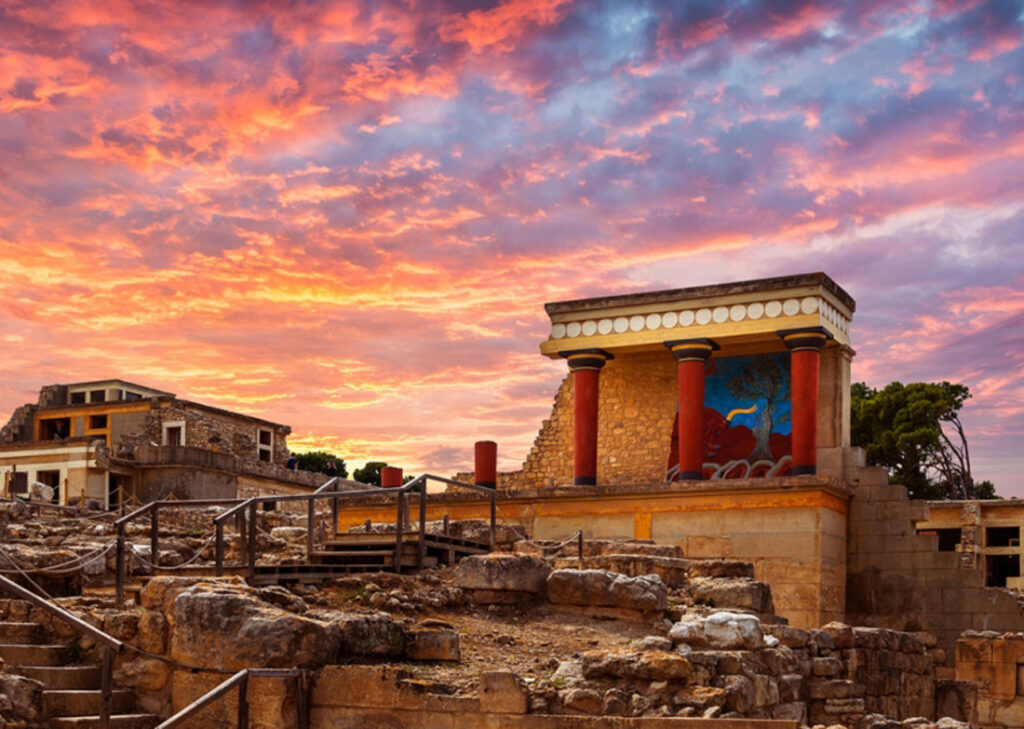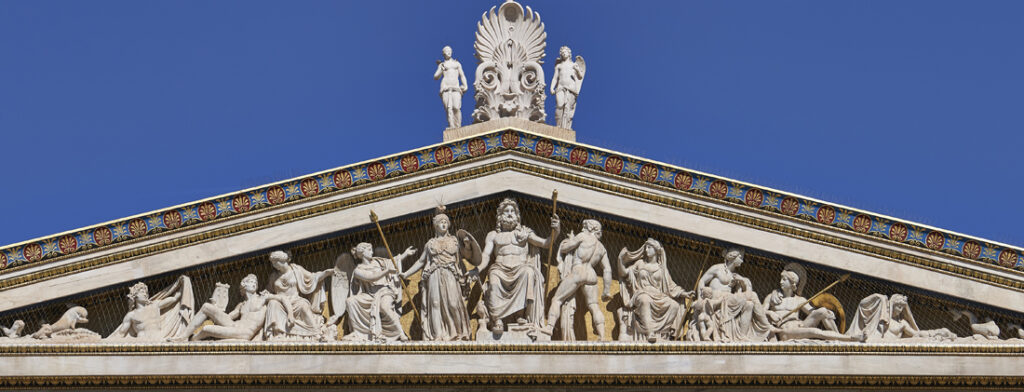Knossos palace in Crete was once believed to be just an imaginary place in Greek mythology. It seemed too beautiful and magnificent to be true. So the world regarded the Minoans and their palaces as make-believe. And academic scholars did the same.

Then Sir Arthur Evans came to the Island of Crete in 1894. He had heard the enticing and strange legends of King Minos, whose queen was seduced by the gods to sleep with a magnificent white bull. She was said to have given birth to a grotesque half-bull, half-man who was then locked up by the king in a labyrinth of twisting and confusing corridors.
But Evans had also spoken with explorer Minos Kalokairinos who had found hints of an ancient palace on Kephala Hill in Crete. The possibility of this being the home of King Minos was too tempting for Evans to pass up. Caught between the Turks who ruled the island at that time and local revolutionary fighters, Evans was denied permission to excavate this site. But he kept offering arguments and money for year after year, trying to make this happen. It was not until 1900 that he was finally given the right to dig, so he immediately jumped into the trenches and began excavating this most promising of sites.
No sooner had his work gotten under way than he was richly rewarded with beautiful finds. A vast expanse of walls emerged which attested to the immenseness of this Minoan palace. In a single stroke, large swaths of Greek mythology surrounding these ancient people on Crete acquired wondrous new meaning. The Minoans and Knossos palace in Crete became part of history. The entire world discovered the Minoan people were just as real as the Mycenaeans and the Classical Greeks.
Spectacular frescoes were found in piles of brightly-colored fragments which had to be carefully reassembled and restored to reveal the brilliance of their artists and the society they portrayed. These discoveries also provided marvelous insights into the rituals, mythology and lives of the Minoans and early Greeks. Those people are now seen to be even more intriguing and complex than we had imagined before.
Knossos palace in Crete
The content of this website is drawn from the research of historian Sanford Holst

Updated on September 28, 2023
Cloud: Zeus Greek god of sky and thunder, Knossos palace Crete, book banning, Sir Arthur Evans
